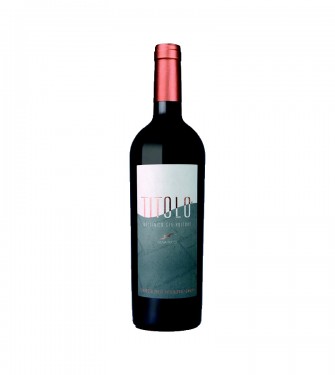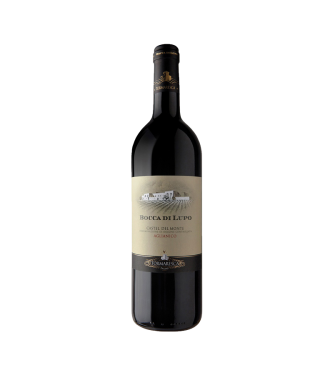Aglianico WINES
The Aglianico is a black grape which can be found in two regions located in the south of Italy: Basilicata and Campania, although it originates from Greece. In fact, it was the Greeks who exported this type of grape to Italy. (continue)
-
Prezzo di listino: € 35,51Special Price € 32,89 -7%
-
Prezzo di listino: € 39,47Special Price € 32,89 -17%
Aglianico WINE
The Aglianico is a black grape which can be found in two regions located in the south of Italy: Basilicata and Campania, although it originates from Greece. In fact, it was the Greeks who exported this type of grape to Italy. The Aglianico vine buds very early and in order for it to grow properly it needs to do so in very dry climates where sunshine is never missing which is why the south of Italy is the perfect place to grow this type of grape.
The vine and wine-making
The Aglianico grape is known to ripen late, which is why its mostly harvested during November, where the cold can start to be felt in the south of Italy. The vine grows best in volcanic soils and, if its picked too early, it can be a little too tannic.
After the Aglianico grapes are harvested, they are macerated in cold conditions for approximately two days while they are pre-fermented. After this, the wine is moved to steel tanks for a period that can go from fifteen to seventeen days at a temperature of about 26ºC, which allows it to reach the stage of fermentation. Right after this period, the wine is transfered once more, this time to larger steel tanks where it stays for about one year before it finally matures completely.
Organoleptic properties
The Aglianico grape is very dark, almost black, which means that the Aglianico wine tends to be dark red. When it comes to its flavor, Aglianico wine tastes of a mixture of black cherry and licorice and it has a delicious aroma with hints of black cherry, black berry and, of course, licorice.
Serving suggestions
Arglianico is the perfect match for very savory meats such as grilled steak, lamb or roasted ribs. If you are thinking about opening a bottle of old Arglianico, sweet yet savory foods will be a great pairing while, if the idea is to open a bottle of younger Arglianico, spicy dishes will be the absolute perfect match. However, Arglianico can also be served with a wide variety of cheeses and, of course, many different types of pasta.












